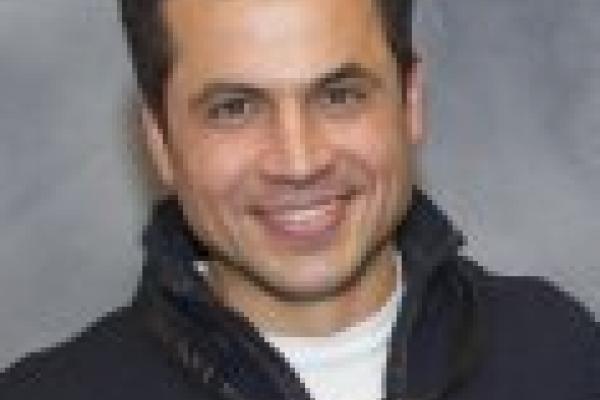
Abstract: Magnetic skyrmions are hedge-hog-like arrays of magnetic moments. The recent discovery of spontaneous skyrmion crystals in chiral magnets known as B20 compounds provides an exciting opportunity to study the dynamics of these emergent mesoscale particles. Materials, such as MnSi and Cu2OSeO3, spontaneously form skyrmions, which arise from competing Dzyaloshinskii Moriya and ferromagnetic interactions. Because skyrmions can be easily moved with electrical currents some 100,000 times smaller than those needed to move ferromagnetic domain walls, they hold real promise for low-dissipation memory applications. Moreover, these mesoscale objects represent an entirely new framework for creating new functionality at the mesoscale.
I will review some important results in the field and explain different unusual phenomena that arise when chiral magnets are subject to electric or thermal currents. In addition, I will show that skyrmion crystals can be fractionalized into meron crystals in the presence of a strong enough easy plane anisoptropy.
